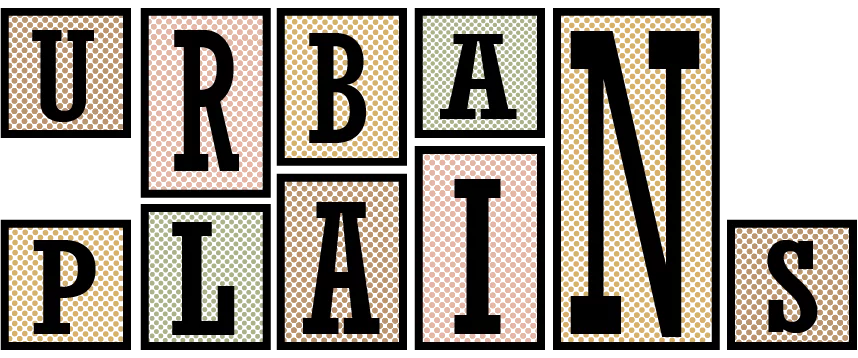https://www.tiktok.com/@urbanplains/video/6957431358474046726?lang=en&is_copy_url=0&[…]_webapp=v1&sender_device=pc&sender_web_id=6951055848424637957
https://www.tiktok.com/@urbanplains/video/6957431536731933958?lang=en&is_copy_url=0&[…]_webapp=v1&sender_device=pc&sender_web_id=6951055848424637957
Wellness is a comprehensive term, one that covers many parts of the human condition. It is physical, mental, and emotional health all wrapped up into one goal. COVID-19 has naturally caused a lot of strife and changes in daily routines, one being the need to quarantine.
Concepts such as the “quarantine 15”—referring to the weight gain spurred by quarantine— can impact people’s mental state.
In fact, a study found that eliminating weight stigma may improve obesity-related morbidity and mortality, claiming that weight stigma is a hindering factor in health.
Moving one’s body or finding an exercise routine they enjoy is one way to combat this feeling and to maintain good physical health.
In light of this information and to encourage a conversation about health and wellness, I went in search of a quarantine workout routine. I wanted something that could be done in the comfort and safety of my own home (more like apartment hallway). Utilizing Drake University’s “Drake Rec” app, I attempted two exercise classes, each for a week. But I also wanted to make sure I was fully understanding the mission behind health and wellness.
Emily Madsen, assistant director of recreation services at Drake says that it is important to one’s well-being to think about the process holistically, remembering that physical health is but one piece to the wider puzzle that’s being a healthy human.
“Overall well-being is encompassing of your entire self, not just your physical body,” Madsen says. “That is one of the dimensions—one that most popularly gets focused on—but I would say it’s looking at you as a whole and making sure that all aspects of you and your being are being nourished in some form, and that you’re not leaving any aspect of it out.”
When it comes to specific workouts or routines, it really depends on each individual person’s goals for their health. Moving your body and just making sure to stay generally active is the best thing one can do.
“Really just move,” Madsen says. “It’s still pretty strange times and be flexible with yourself and accept things won’t look the same, but try and get creative and have fun with it…So this is kind of an opportunity to just live a little bit and have some time to be creative with what ‘moving’ is to you.”
The Routines: Opposite Sides of the Exercise Spectrum
The first exercise routine I followed was the full-body blast course. The movements were intense and targeted each area of my body (especially my poor legs). We were doing wall sits, planks, jumping jacks, and more high intensity based sets. It also required me to think creatively, creating weights from cans and grocery bags to lift. I enjoyed this routine for the week, but was definitely sore. It was interesting monitoring my heart rate and clearly feeling the effects of the workout. But it was also stressful at moments, trying to match the pace, plus feeling sore the day after was hard to manage.
The other course I tried was the complete opposite, and it was the pre-recorded, do-at-your-own-pace, on-demand beginners yoga class.
Director of Graduate Student Programs for Drake’s College of Business and Public Administration and part time yoga instructor, Jenny Jones says that everyone experiences yoga differently and that with time it becomes easier.
“Everybody looks different in yoga,” Jones says. “Our bodies are all different…there’s going to be a day where all of a sudden you’re going to do a pose that you’ve never been able to do before. And it just works. And that is such an amazing feeling. So stick with it.”
Looking at the larger question of wellness, Jones advises only setting realistic goals when it comes to physical health. Focus on miles ran, or classes attended, as opposed to trying to control something such as weight loss, which depends on so many factors.
“Only set goals that you actually have control over,” Jones says. “If you’re setting goals—‘I want to lose 15 pounds in three months.’—well, that is attainable…but we don’t always have control over that.”
I had a strong aversion to yoga when I started at the beginning of the week. While I wasn’t struggling with the poses necessarily, I had a hard time keeping my focus. I was falling into the trap of believing that if I wasn’t sweating, I wasn’t caring for my body. But the more centering movements and deep breathing started to serve as a nice unwinding moment. It really helped me relax and be present when moving my body.
Everything Is Connected: Advice and First Steps
For anyone searching for a routine or exercise, Jones says that mental health has to be a factor; that without mental health, it is not possible to truly achieve emotional or physical health.
“Everything’s connected, right? The mind and the body are a hundred percent together,” Jones says. “So if you’re not in a good headspace, you also are going to have that as physical ramifications…And if you want to exceed in one spot in your life, you do have to take the time to take care of yourself so that you can be your best self. And it’s also OK to not be your best self. I think we need to have grace.”
But that is often easier said than done. We can’t be afraid to reach out to mental health professionals and other resources. From my own search, I learned a lot about balance and will probably take elements of both routines to find something that fits my needs. At the end of the day, physical health and wellness is a personal journey, and yours, dear reader, is just beginning. Namaste.
